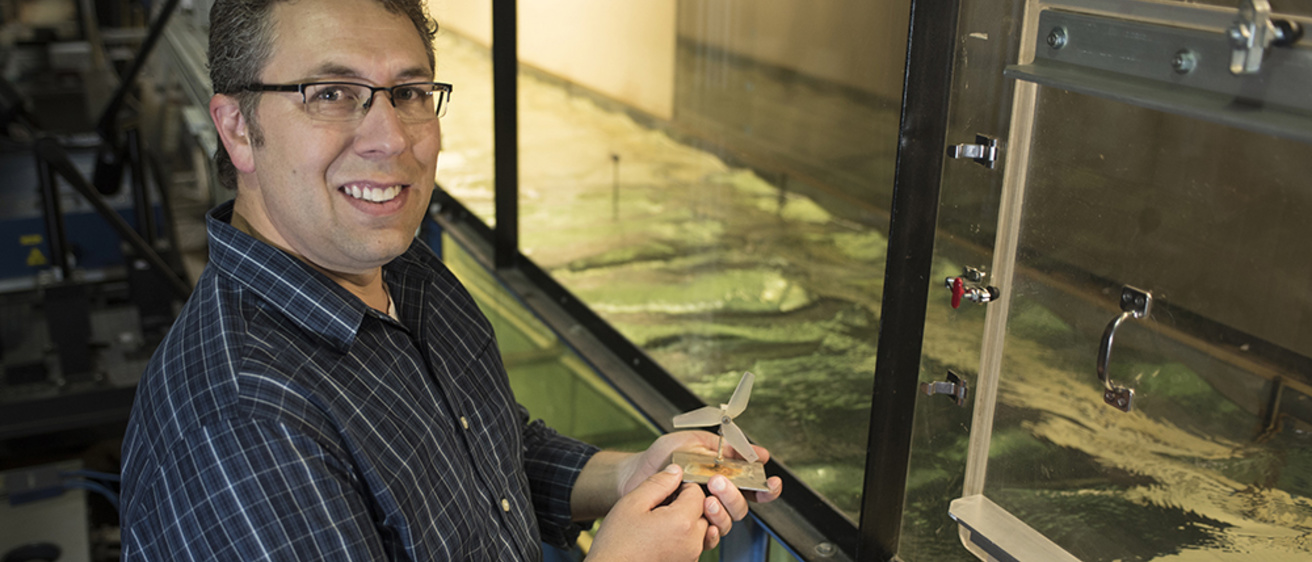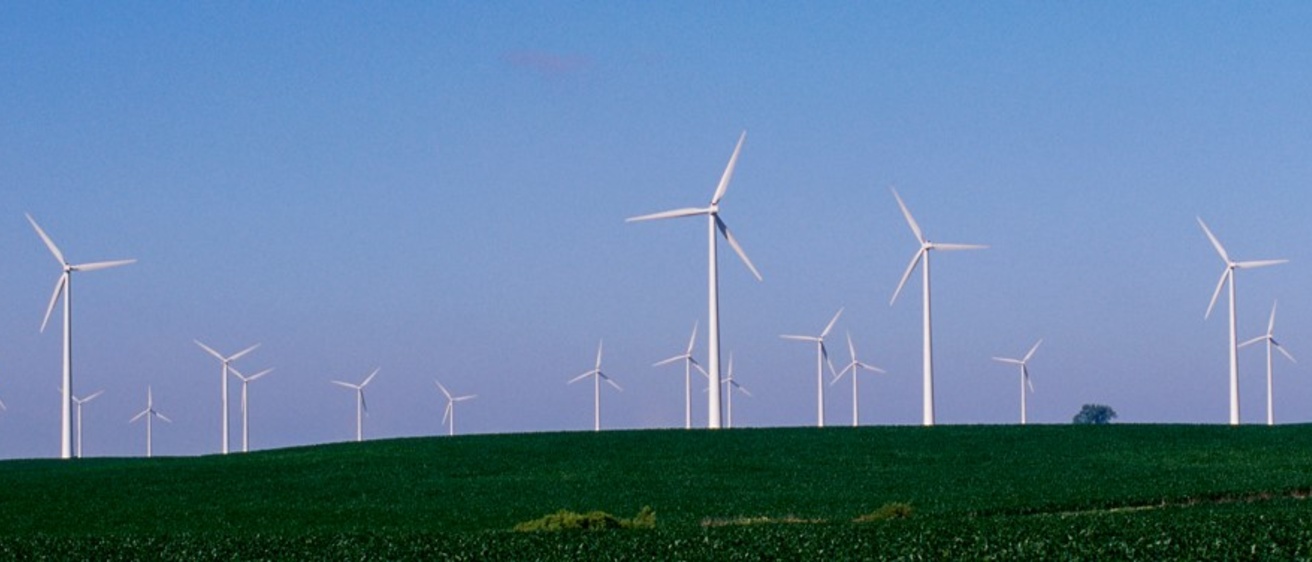Flows at Environmental Interfaces and Renewable Energy
Our research focuses on measurement and prediction of environmental boundary-layers (EBLs). EBLs include atmospheric boundary layers (ABLs), ocean and lake surface boundary layers—also called the surface mixed layer—(SBL), and benthic boundary layers (BBLs). EBLs are characterized by rough, heterogeneous surfaces, multi-scale topography or bedforms, tall vegetation and variations in surface heat and scalar fluxes, all of which drive turbulence dynamics and surface fluxes. Our study of EBL dynamics utilizes numerical techniques such as large-eddy simulation (LES) and experimental boundary-layer turbulence studies at field and laboratory scales. Applications include problems dealing with air and water resource sustainability, land-atmosphere and air-water interactions, and renewable energy.
Specific Questions
Our research focuses on understanding complex environmental flows and turbulence transport in separated and wake embedded boundary layers. Wakes are ubiquitous in EBL flows. They are notoriously challenging to model accurately and have a large effect on surface exchange processes. Examples include flow over canopy transitions, wind over and around buildings and wind turbines, flow over steep topography, and over surface waves.
Our goal is to better understand interfacial fluxes of momentum, heat, water vapor, and trace gasses, and provide more reliable inputs to ecosystem, lake, weather, pollution, and renewable energy resource models; to improve micrometeorological flux measurements; and to test and improve sub-grid scale and land surface parameterizations for EBL simulations over complex surfaces.
Methods
We conduct our research at IIHR—Hydroscience & Engineering, employing an interdisciplinary approach with a combination of:
- Controlled experimental turbulence research in wind tunnels and water channels (using hot-wire anemometry (HWA), laser Doppler velocimetry (LDV), and particle image velocimetry (PIV)),
- Full-scale field measurements (using sonic and acoustic Doppler velocimetry (ADV) and Doppler Lidar), and
We use measurements and simulations conducted at a range of scales along with perspectives from ecological and engineering sciences to improve fundamental understanding, as well as to develop useful models that can be employed by scientists, engineers, planners, and policy makers.
Research Support
Our research is supported by the National Science Foundation, NASA, and USGS. Additional support is provided by the Iowa Energy Center, MidAmerican Energy Company, Iowa Department of Transportation, Center for Global & Regional Environmental Research (CGRER), Center for Health Effects of Environmental Contamination (CHEEC), Iowa Dept. of Natural Resources, and Iowa Lakeside Laboratory.

